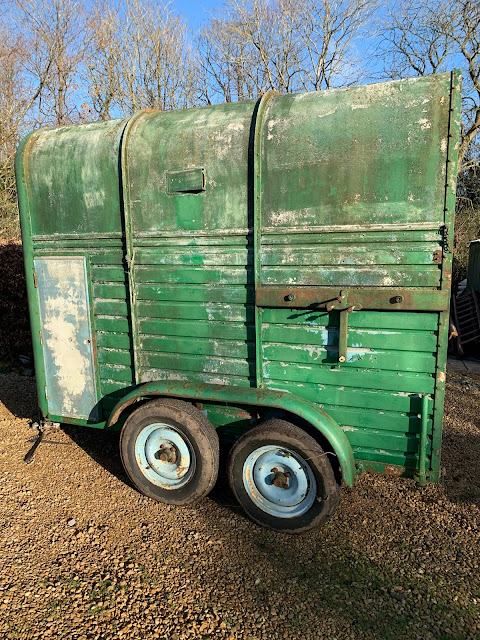and this is just the bit you can see, the exit point is some feet away so there's likely to be quite a bit more of it on the other side of the masonry. The third wasp nest this year. Actually I took this photo after her visit, just to be on the safe side, that's why you can't see any wasps flying about. The nests really are the most amazing looking things, made of chewed up wood collected by the wasps from the surrounding area. (I was wondering why my garden furniture was looking a bit "distressed", at this rate it will soon be a danger for all but very thin people to sit on.)
All gardening by it's very nature entails management of wildlife to a greater or lesser extent, I don't like to kill anything for no reason, but it's true to say that I think nothing of crushing a few slugs under my wellie, and removing hundreds of aphids with the water hose or just wiping them off with my finger, whilst at the same time I encourage worms with a wormery, feed wild birds, and provide harbourages for ladybirds. No life form is intrinsically bad, it's just that some are more useful to the gardener than others. If I thought there was any danger to the population of grey squirrels, rats, wasps, foxes, wood pigeons, and rabbits, I would certainly feel obliged to provide environments to encourage their numbers, but we are in danger of being overrun with grey squirrels in England, and I can no longer allow my chickens and ducks to range freely in my garden because of marauding foxes. My eyes are trained to spot the first sign of a rat run near the duck house in winter, and I immediately put poison down to kill them, retrieving and burning any cadavers that I find(so that they pose less of a danger to animals further along the food chain such as owls).
Mice are a problem too, but because they are mostly harmless wood mice and voles that like to eat my early pea and bean seedlings, I generally find that I can take measures to outwit them by sowing indoors in covered pots and containers, and not resorting to anything more drastic unless they take it into their heads to come indoors during the winter, which they sometimes do. Anyway, I suppose what I'm saying is it's a matter of moderation and tolerance wherever possible, realising that ones garden is a living part of the landscape and not something superimposed upon it, - no one wants to live in a sterile desert, at least I don't, but sometimes I have to admit it's just a matter or me or them!






